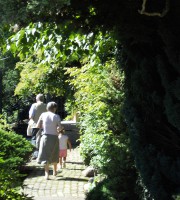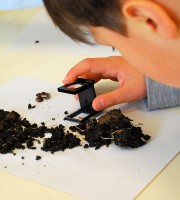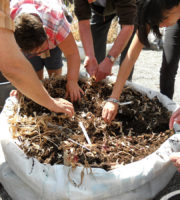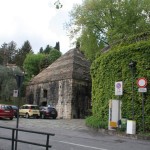The Poliviera, built dating back to 1582, originally had the function of collecting war material and, in particular powders for military use.
The powder warehouses were an integral part of the defense system of the city consist of the Venetian Walls, built by the Venetian Republic in the second half of the sixteenth century, a time when Bergamo was the western end of the Venetian domains on the mainland.
Situated in the upper part of the Fort of St. Mark, this is the reason why it is called the Powder Superior. Another identical form is located at the bottom of the Fort and is visible from Colle Aperto in the valley.
The building structure is a simple volume and the rigor of military architecture, which does not allow any decoration, not even in the interior part, focusing only on functionality. It consists of two main parts: an almost cubic base body which encloses the only local coverage and a pyramid. The interior has vaulted pavilion and originally the building was surrounded by a wall.
The walls are massive, built outside with squared stone blocks and well arranged. The cover was originally in lead.
The Botanical Garden has used the seventeenth-century gunpowder for administrative purposes as an indoor space for conducting summer cultural events (art exhibitions, concerts, talks, performances, workshop activities) from 2003 until 2011, when the Powder was declared unfit for use due to the instability of coverage stones.









